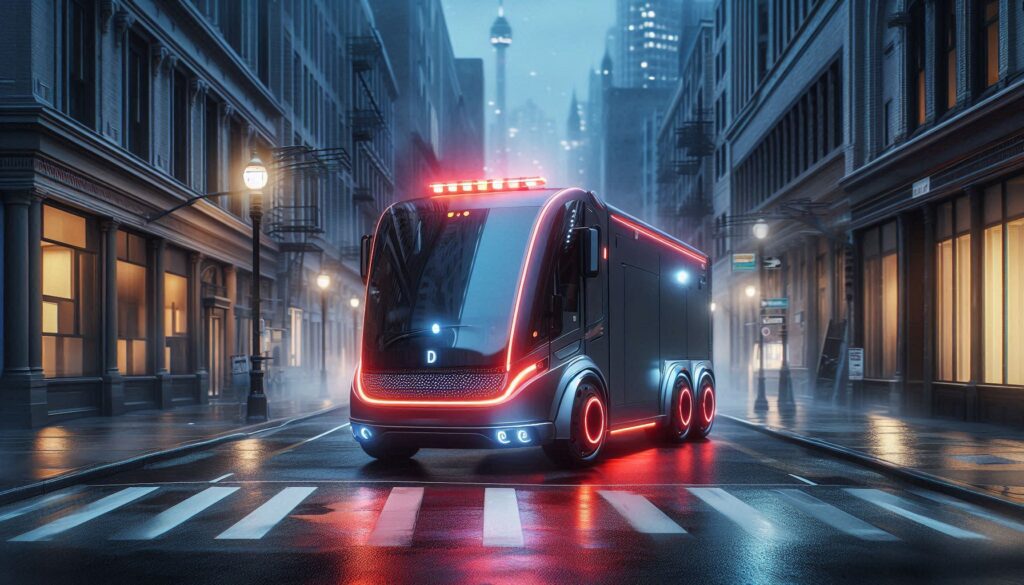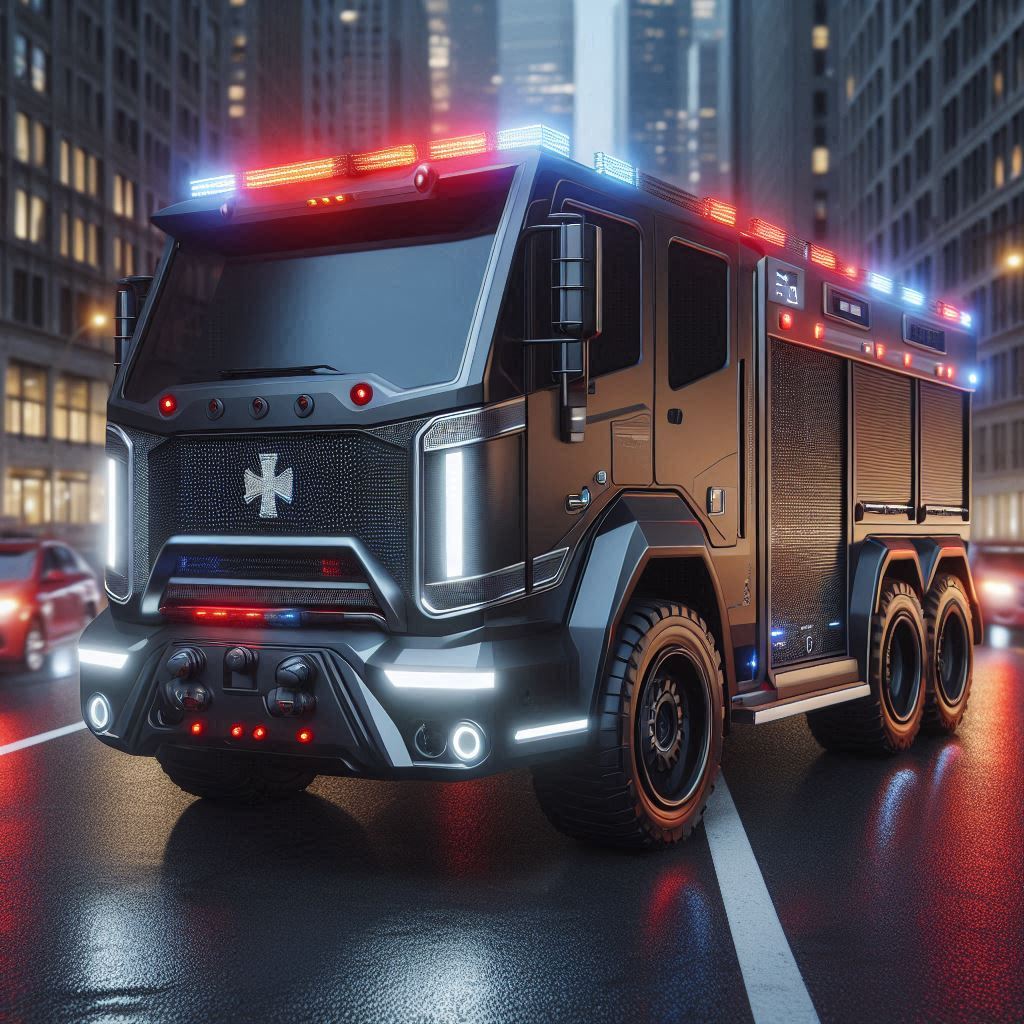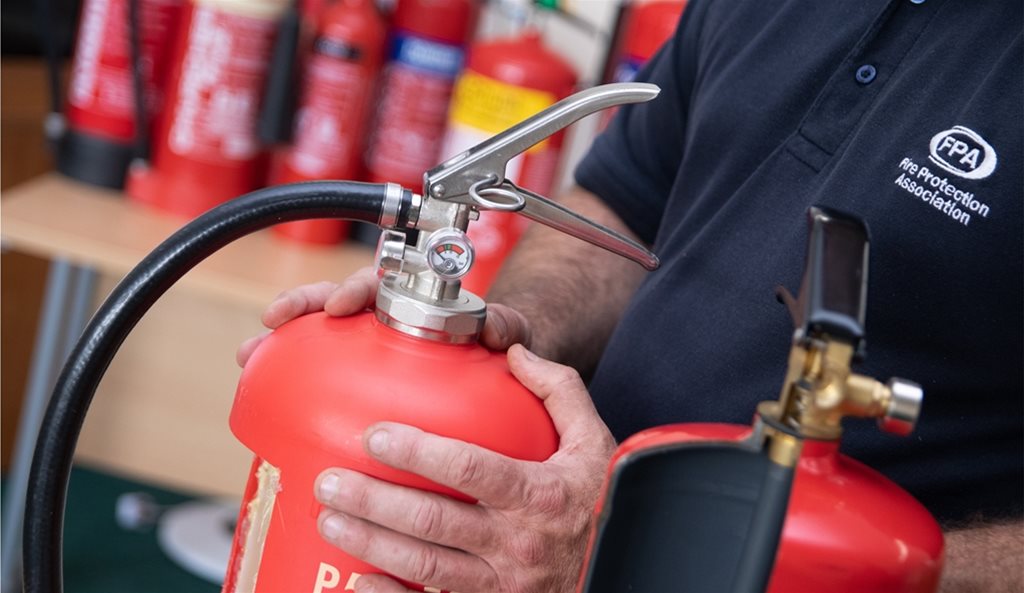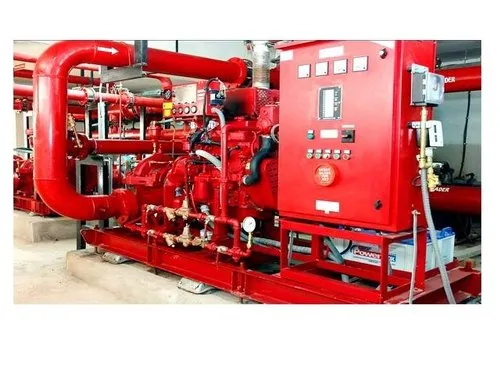Exploring the shift towards electric-powered fire trucks and the benefits they offer in terms of efficiency and environmental impact.
In recent years, the global push toward sustainability and reduced carbon emissions has spurred revolutionary changes in many industries, including transportation. This shift is now making its way to emergency services, with fire departments around the world embracing electric vehicles (EVs) as part of their fleets. While electric cars and buses have become increasingly common, the introduction of electric-powered fire trucks—known as electric fire apparatus—is a groundbreaking development.
Traditionally, fire trucks have been powered by diesel engines, which are reliable but contribute significantly to greenhouse gas emissions and air pollution. By transitioning to electric-powered fire trucks, fire departments can reduce their environmental impact while reaping additional benefits such as improved efficiency, lower maintenance costs, and quieter operation. However, this transition is not without its challenges, including concerns about battery capacity, charging infrastructure, and upfront costs.
In this blog post, we’ll explore the rise of electric fire trucks, their benefits, the challenges they face, and what the future holds for this innovative approach to firefighting.
The Shift Towards Electric Fire Apparatus
The firefighting industry is experiencing a paradigm shift as electric vehicle technology becomes more advanced and accessible. Leading manufacturers of fire apparatus, such as Rosenbauer and Pierce Manufacturing, have introduced electric fire trucks that combine traditional firefighting capabilities with the advantages of electric power.
The shift toward electric fire trucks is driven by several factors:
- Environmental Concerns: Fire departments are under pressure to reduce their carbon footprint and align with broader sustainability goals. Diesel-powered fire trucks are major sources of greenhouse gas emissions, prompting a search for cleaner alternatives.
- Advancements in EV Technology: Improvements in battery technology, electric motors, and charging infrastructure have made EVs more viable for emergency services.
- Government Incentives: Many governments offer subsidies and incentives to encourage the adoption of electric vehicles, including funding for electric fire apparatus.
- Operational Efficiency: Electric fire trucks offer several operational benefits, such as reduced noise, lower maintenance requirements, and improved energy efficiency.
How Electric Fire Trucks Work
Electric fire trucks are powered by electric motors and batteries rather than internal combustion engines. While the specific design varies by manufacturer, most electric fire trucks share the following features:
1. Electric Powertrain
The core of an electric fire truck is its electric powertrain, which consists of electric motors and batteries. The motors provide propulsion, while the batteries store the energy required to power the vehicle.
2. Hybrid Options
Some electric fire trucks are hybrid models, combining an electric motor with a small diesel engine. The diesel engine acts as a backup power source, ensuring the truck can operate in situations where battery power is insufficient.
3. Onboard Pumping Systems
Fire trucks are equipped with powerful pumps to deliver water or foam during firefighting operations. Electric fire trucks use battery power to run these pumps, eliminating the need for a separate diesel engine.
4. Advanced Control Systems
Electric fire trucks are equipped with advanced control systems that optimize energy usage, monitor battery levels, and provide real-time data to operators.
5. Charging Infrastructure
Electric fire trucks require charging stations to recharge their batteries. Many fire departments are investing in high-speed charging stations to ensure their vehicles are always ready for deployment.
Benefits of Electric Fire Trucks
The adoption of electric fire trucks offers numerous advantages, both for fire departments and the communities they serve.
1. Environmental Sustainability
Electric fire trucks produce zero tailpipe emissions, significantly reducing the environmental impact of firefighting operations. This is particularly important in urban areas, where air pollution from diesel engines can pose health risks to residents.
Additionally, many fire departments aim to align with local or national climate goals. By transitioning to electric vehicles, they can demonstrate leadership in sustainability and contribute to reducing greenhouse gas emissions.
2. Quieter Operation
Traditional fire trucks are known for their loud diesel engines, which can be disruptive during nighttime operations or in residential areas. Electric fire trucks operate much more quietly, reducing noise pollution and creating a more comfortable working environment for firefighters.
3. Lower Operating Costs
While the initial purchase price of an electric fire truck may be higher than that of a diesel-powered counterpart, the long-term operating costs are significantly lower. Electric motors require less maintenance than internal combustion engines, and the cost of electricity is generally lower than that of diesel fuel.
4. Improved Efficiency
Electric fire trucks are highly efficient, with energy losses minimized compared to traditional vehicles. This efficiency extends to their pumping systems, which can operate more reliably and with greater precision using electric power.
5. Enhanced Safety
The quieter operation of electric fire trucks not only reduces noise pollution but also improves communication among firefighters on the scene. Additionally, the absence of diesel fumes enhances air quality around the truck, creating a safer environment for first responders.
6. Adaptability to Urban Settings
Electric fire trucks are particularly well-suited to urban areas, where concerns about air quality, noise pollution, and traffic congestion are most acute. Their ability to operate quietly and without emissions makes them ideal for densely populated cities.
Examples of Electric Fire Trucks in Action
1. Rosenbauer RT (Revolutionary Technology)
One of the most prominent electric fire trucks is the Rosenbauer RT, developed by Austrian manufacturer Rosenbauer. The RT features a fully electric drivetrain, a modular battery system, and an optional diesel range extender. It has been adopted by fire departments in cities such as Berlin, Amsterdam, and Los Angeles.
The RT is designed for urban firefighting, with a compact size, excellent maneuverability, and advanced safety features. Its quiet operation and zero emissions make it an ideal choice for environmentally conscious cities.
2. Pierce Volterra
Pierce Manufacturing, a leading American fire apparatus manufacturer, has introduced the Pierce Volterra, a hybrid electric fire truck. The Volterra combines an electric motor with a diesel engine, providing the flexibility to operate on battery power or traditional fuel as needed.
The Madison Fire Department in Wisconsin was one of the first to deploy the Volterra, highlighting its potential to reduce emissions while maintaining the reliability firefighters depend on.
3. E-ONE Vector
E-ONE, another major fire apparatus manufacturer, has developed the Vector, a fully electric fire truck with a 316-kilowatt-hour battery pack. The Vector offers a range of up to 200 miles and can power firefighting equipment for extended periods without requiring a diesel engine.
Challenges in Adopting Electric Fire Trucks
While the benefits of electric fire trucks are clear, there are several challenges that fire departments must address to facilitate their adoption.
1. High Upfront Costs
Electric fire trucks are currently more expensive to purchase than traditional diesel-powered models. While lower operating costs can offset this initial investment over time, the higher upfront cost may deter some fire departments, particularly those with limited budgets.
2. Battery Limitations
Battery capacity remains a concern for electric fire trucks, particularly in rural or remote areas where long travel distances are common. While hybrid models address this issue by incorporating a diesel range extender, further advancements in battery technology are needed to increase range and reliability.
3. Charging Infrastructure
The deployment of electric fire trucks requires a robust charging infrastructure, including high-speed chargers at fire stations. Installing and maintaining this infrastructure can be costly and logistically challenging, particularly for smaller departments.
4. Training and Integration
Firefighters and maintenance crews must be trained to operate and service electric fire trucks, which may involve a learning curve. Additionally, fire departments need to integrate EVs into their existing fleets and ensure compatibility with other equipment.
5. Emergency Scenarios
In emergency scenarios where power outages are common, such as natural disasters, fire departments must ensure that their electric fire trucks can remain operational. Backup power sources or hybrid models may be required to address this challenge.
The Future of Electric Fire Trucks
Despite these challenges, the outlook for electric fire trucks is promising. As battery technology continues to improve and costs decrease, electric fire trucks are expected to become more accessible and widely adopted.
Future advancements may include:
- Longer Battery Life: Increased battery capacity and faster charging times will enhance the reliability and range of electric fire trucks.
- Solar-Powered Charging Stations: Fire stations may adopt solar panels or other renewable energy sources to power their EV infrastructure, further reducing their environmental impact.
- AI Integration: Advanced control systems and artificial intelligence could optimize the performance of electric fire trucks, improving energy efficiency and operational effectiveness.
- Collaborative Funding: Partnerships between governments, manufacturers, and fire departments could provide funding and resources to accelerate the adoption of electric fire trucks.
Conclusion
Electric fire trucks represent the future of firefighting, offering a cleaner, quieter, and more efficient alternative to traditional diesel-powered apparatus. By adopting this technology, fire departments can reduce their environmental impact, improve operational efficiency, and enhance safety for both responders and the communities they serve.
While challenges such as upfront costs and battery limitations remain, the continued advancement of EV technology and infrastructure is paving the way for widespread adoption. As cities and fire departments around the world embrace sustainability, electric fire trucks will play a pivotal role in shaping the future of firefighting.
The transition to electric fire apparatus is not just a technological shift—it’s a commitment to a safer, greener, and more resilient future.






